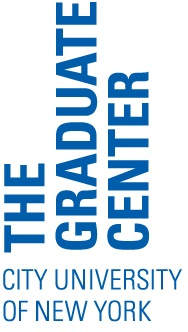What Belongs on a Resume?

While resumes are almost always only one-page long, their content can vary greatly depending on the position to which you’re applying. Below is a list of common sections to include on your resume:
Sections of a Resume
Must-Have Sections
Name and Contact Information
All resumes should include your name and contact information (i.e., your email address and phone number) so that employers will know how to get in touch with you for an interview. Your name should be treated as a page heading for your document and appear in a larger font than the rest of your document.
Work Experience
All resumes should include your work experience listed in reverse chronological order. When selecting what to include, choose the positions most relevant to the one you’re pursuing. To help highlight particular sets of skills, you may utilize descriptive headings that break down your work experience further. For example, having headings such as “Research Experience” or “Teaching Experience” will help emphasize those aspects of your work history.
Education
At some point on your resume, you should include your education—both the degrees you’ve been awarded and the places at which you earned them. Whether this information belongs at the top or bottom of your resume depends on whether or not the position to which you’re applying requires an advanced degree. It is not necessary to add the years you received those degrees unless is it relevant to the application (e.g., expected June 2020).
Commonly Included Sections
Summary Statement
You may choose to include a summary statement right after your heading. The summary statement is a brief paragraph or series of bullet points that sums up your qualifications and strengths. If included, this section should be 3-5 sentences (or bullet points) in length and serve as a mini cover letter for your resume, helping the employer to interpret your resume the way you want. It should be specifically targeted for the position to which you are applying (though you need not mention the position). Summary statements are especially important if you are making a career change or have an eclectic background that you need to frame for the employer.
Additional Skills
An additional skills section might include languages you know (including programming languages) or the names of software in which you are proficient. This is especially important if the job ad is seeking candidates with these skills. If you are less than proficient in a skill, you may either add a qualifier (e.g., intermediate) or simply omit it. You don’t want to lie about skills that are required for the job.
Certifications/Licensure
If a job requires you to be licensed or have a particular certification, make sure to include that on your resume. It might also be necessary to add the years you received your license(s) and/or certification(s).
Other Optional Sections
Volunteer Experience
It’s possible that you’ve developed skills in ways other than through paid positions. Including volunteer work can be one way to show off these skills, while also demonstrating that you will be a caring coworker.
Selected Publications and Presentations
Depending on the position to which you’re applying, you may want to include selected publications and presentations to help demonstrate your verbal and written communication skills or your mastery of a particular topic.
Professional Associations
Belonging to professional associations can show your commitment to professionalization in your field or causes relevant to your work.
Honors and Awards
If you’ve received any prestigious honors or awards, especially within the field to which you are applying, it may make sense to include them on your resume.
When to Include Various Optional Sections
The amount of optional sections you include may depend on what aspects of your work and life history help qualify you the most for the position. If you’ve spent most of your time pursuing your degree rather than gaining traditional work experience, it makes sense to flesh out your resume with other achievements. Prioritize sections that align with the position description from the job ad and the organization’s overall mission.




